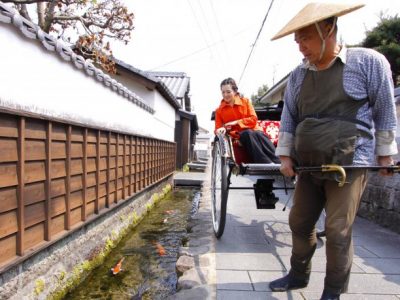 The Plain of Jars, located on a plateau in central Laos, gets its name from more than 2,100 tubular-shaped megalithic stone jars, believed to have been used for funerary practices in the Iron Age. The large carved stone jars and associated objects date from 500 BCE to 500 CE. The jars are the most prominent evidence of the Iron Age civilization that made and used them until it disappeared, around 500 CE.
The Plain of Jars, located on a plateau in central Laos, gets its name from more than 2,100 tubular-shaped megalithic stone jars, believed to have been used for funerary practices in the Iron Age. The large carved stone jars and associated objects date from 500 BCE to 500 CE. The jars are the most prominent evidence of the Iron Age civilization that made and used them until it disappeared, around 500 CE.
The three sites, located in Phonsaven, central Laos, provide evidence of not just ancient cultural practices, but of a historical crossroads between two major cultural systems. The Mun-Mekong system and the Red River/Gulf of Tonkin system. The area is one that facilitated movement through the region, enabling trade and cultural exchange, the distribution of the jars sites is thought to be associated with overland routes.
The announcement of the area being declared a UNESCO World Heritage Site is a welcome one. There was worry this region would not be provided the protection it required to preserve the artifacts for future generations.













